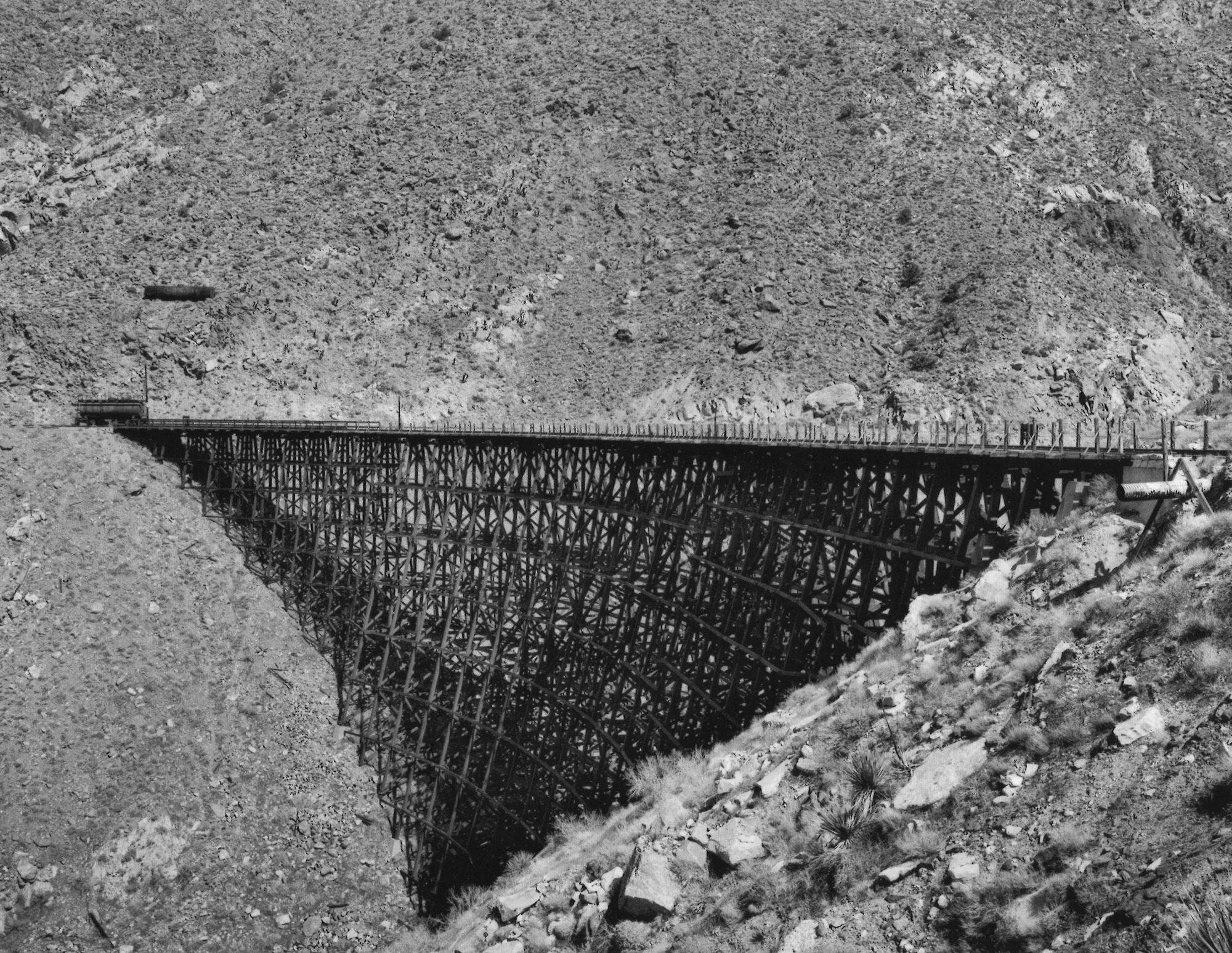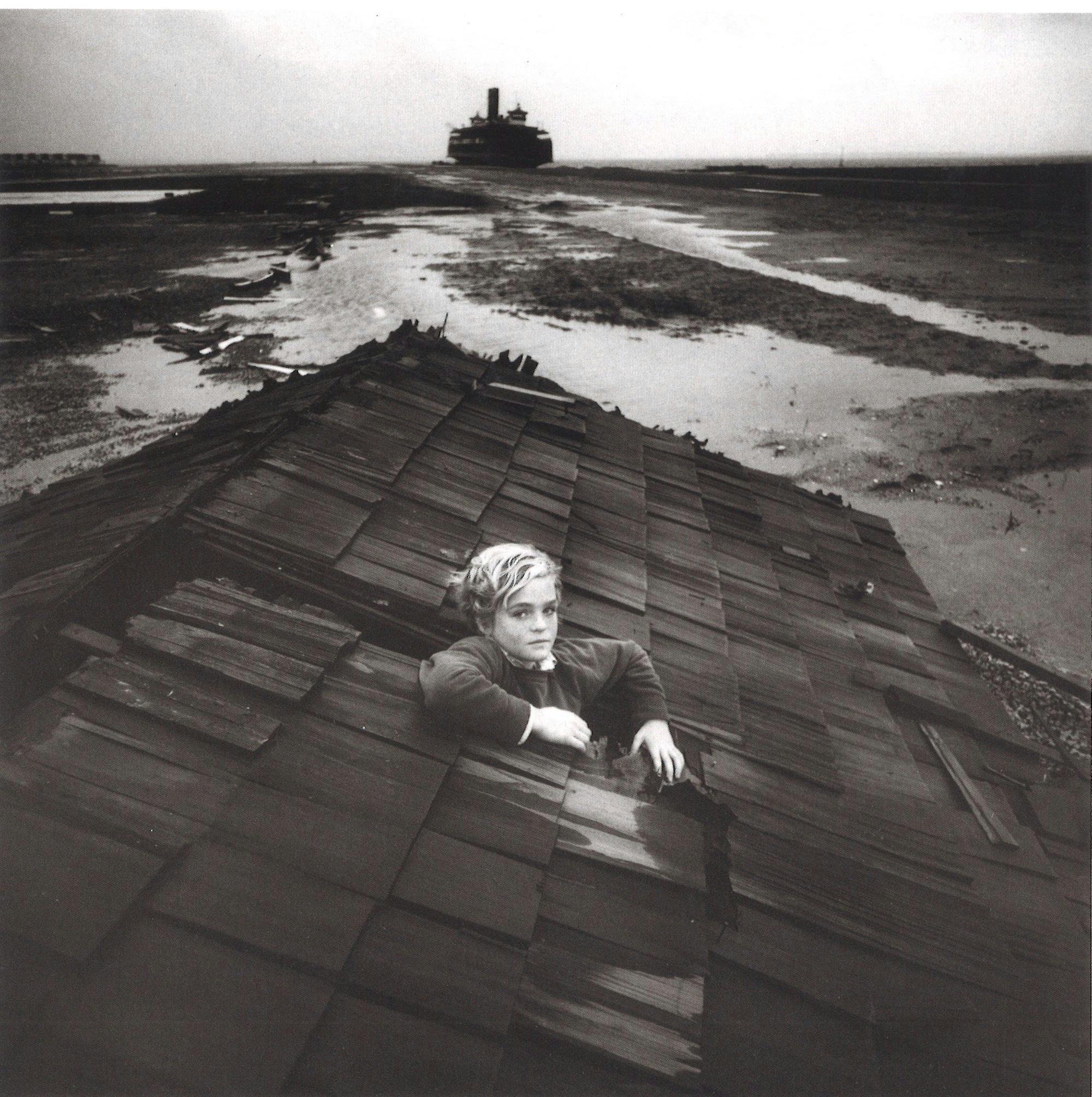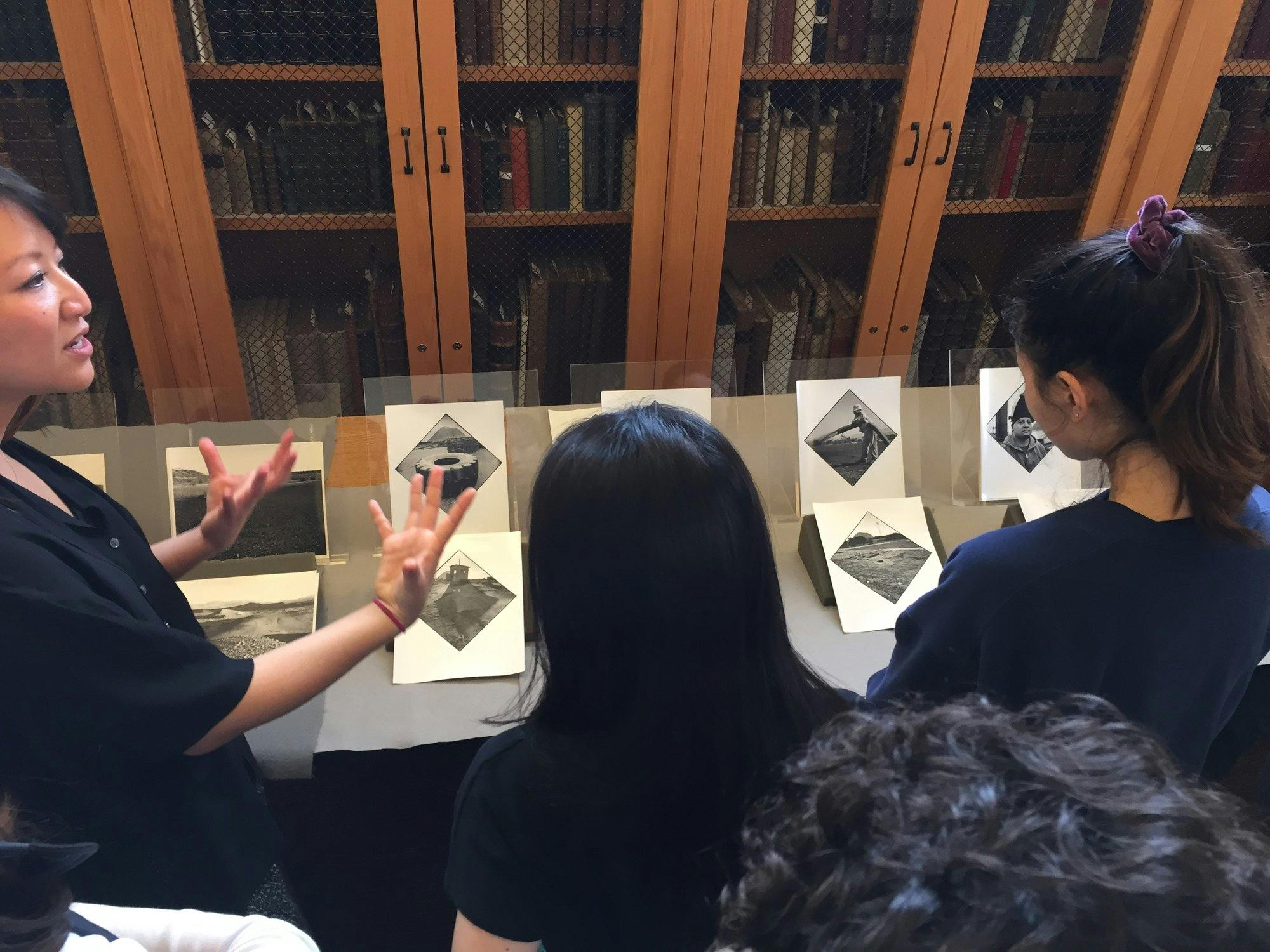
Stanford, CA—Stanford Libraries launched a new program within its Department of Special Collections focused solely on developing a rich photographic research and teaching collection. The Photography Initiative will acquire and preserve works from diverse groups of photographers, including Arthur Tress and Mark Ruwedel, who recently placed their archives at Stanford.
“The Photography Initiative demonstrates an institutional commitment from Stanford Libraries to our community and artform,” said Ruwedel, winner of the Scotiabank Photography Award (2014) and a Guggenheim Memorial Foundation Fellowship (2014). “In the past year, my prints have already been incorporated into classes. It is reassuring to know your work will be cared for and actually studied.”

Tress’ and Ruwedel’s archives join other notable photography collections already among the Libraries’ Special Collections holding. These include 157 mammoth albumen plates by Carleton Watkins, a 19th century landscape collection whose work is said to have influenced Congress’ decision to establish the National Park System; Chicana photographer Laura Aguilar, whose work challenges contemporary notions of beauty especially among marginalized communities; poet Allen Ginsberg, whose photos document Beat Generation activities; Herbert Matter, a pioneer in abstract photography; Doug Menuez’s archive documenting Silicon Valley from 1986-2000; Isabelle May Chan and Leo Chan’s studio photographs of Chinese Americans in San Francisco (1923-1960), and photographers Bob Fitch and David Bacon, whose works provide first-hand accounts of social justice, civil rights and labor movements.

Situated in Special Collections instead of a discipline-focused library allows a photographer’s archive to be leveraged across several disciplines. “Having the flexibility to pair photographs with rare books or other materials across the Libraries’ collections brings the photographs, as well as the supplemental material, to life in completely new ways,” said Peter Blank, Stanford Libraries’ curator overseeing the Photography Initiative.
Recently, an American Studies class visited Special Collections to view a mix of material that ranged from Galileo’s Siderius Nuncius (1610), an astronomical pamphlet known to be the first published scientific work based on observations made through a telescope, to photographs by Michael Bishop (1946-2016) that were inspired by NASA’s Gemini and Apollo missions. Bishop is also a recent addition to the Photography Initiative; his work was donated by his mother, Hazel Bishop.
Stanford and Photography
Stanford’s engagement with photography dates back to Eadweard Muybridge’s stop-action experiments in the 1870s, when Leland Stanford, the university’s co-founder, commissioned Muybridge to prove that horses, midstride, lift all four hooves off the ground. The photo experiment proved successful, and Muybridge’s technique eventually gave birth to the motion picture industry.
Through the years, Stanford students have also shared a deep appreciation for photography. In 1969 when Leo Holub founded Stanford’s photography program, students lined up overnight to enroll. More recently, Stanford’s Department of Art & Art History doubled the number of introductory Photography I classes due to high student demand. A library component is featured in nearly all the classes.
In her seminar, Pacific Dreams: Art in California, Stanford Assistant Professor Marci Kwon, introduces students to the diverse history of artistic practice in California, with special attention paid to the way issues of race, ethnicity, and immigration have shaped California’s art and visual culture.
“One of the primary aims of my teaching is to show students how the past links to the present,” said Kwon, who displayed photographs of Carlton Watkins, Arthur Tress and Mark Ruwedel for a recent class session.

Her students spent time looking at each image and discussed the connections between the time periods and cultures captured by these three photographers. Because it was a freshman seminar course, Kwon appreciated how unique this visit was for many of her students.
“There is nothing quite like encountering the physical object and looking at it carefully and closely,” said Kwon. “This session was by far my students’ favorite class. For me, photography is a vital teaching tool that makes history less abstract and more present, materializing the continuities and differences between the historical and the contemporary.”
By the end of 2019, Stanford Libraries estimates that over 6,000 works will be donated to its Photography Initiative, which will exceed $20,000,000.00 in value. The Founding Friends of the Photography Initiative who donated these works include David Knaus, Trixy Castro, Jon and Ellen Vein, Peter Barbur and Tim Doody, as well as others who wish to remain anonymous.
Besides the Tress and Ruwedel archive commitments, significant bodies of work by photographers Michael Bishop, Linda Connor, Joseph Mills, Lewis Morley and Milton Rogovin are also included in the Photography Initiative.
The Libraries’ efforts are supportive of and work in partnership with endeavors across Stanford, including the Cantor Museum and the Anderson Collection, demonstrating the university’s ongoing commitment to the arts.